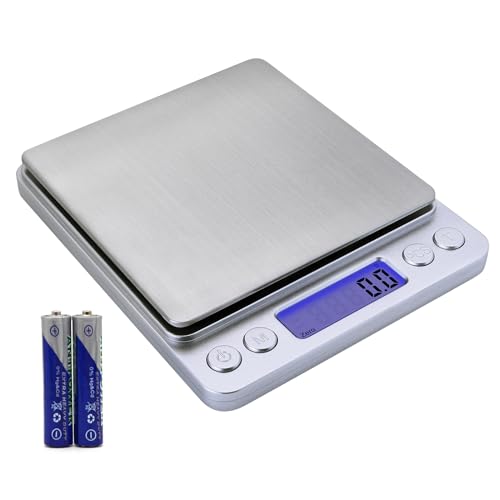I read a great tutorial, which I can't find at the moment, but it told how to figure how much oil even more precisely, depending on how precise you want to be, taking into account the SAP values of a given oil. For example, 8% SF with Monoi oil will be much different than 8% SF with Jojoba oil.
Like DeeAnna mentioned above, figure your recipe without the SF oil figured in, at a low or 0% SF. (I use 1% to be on the safe side)
Write down that lye amount.
Now, if you want a SF of 8%, then you would take 1 minus 8%, so .92, and divide your lye amount by that. (This gives you the lye amount to completely saponify your original recipe plus a SF amount, but you're not doing that, so don't worry) ( 1-.08=.92 and 4.07/.92=4.42)
So now you have a larger lye number and your original smaller lye number, right?
Subtract the smaller number from the larger one.
So say it took 4.07oz lye for my 1% SF recipe. And I do 8% SF. Then the larger number would be 4.42. So the difference is .35 (4.42-4.07=.35)
Now go on soapcalc and check the SAP of whichever oil you want to use. For Monoi, it's .182 and for Jojoba it's .066
Take that number you subtracted above, the .35 in our example, and divide it by the SAP. This will tell you the exact amount of that specific oil to use to achieve your SF (.35/.182=.52 or .35/.066=5.3)
For Monoi, it would be 0.52oz. For Jojoba, however, it would be a whopping 5.30 oz to achieve the same SF percent!!!
Obviously, this can make a big difference in both the feel of the soap, and in your pocketbook!

-----------------------------------------------------------------------------------
Summary:
1) Figure your recipe with low SF and write down that lye number. (4.07)
2) Decide a SF percent, and subtract it from 1 to get a decimal percent left. (1-.08=.92)
3) Divide your lye amount by that decimal number. (4.07 divided by .92=4.42)
4) Subtract the two numbers. (4.42-4.07=.35)
I always write this number on my recipe page, as I use the same numbers all the time for the rest of the recipe, and then only just change up my SF. 
5) Divide this little number by the SAP value for the oil you want. (.35 divided by .182=.52oz monoi)
This will give the amount of SF oil to use after cooking your recipe.
Don't forget to actually ADD it to the batch. (I have done that lol -- got it in the mold, went to clean up, and realized there was a little dish of oil still sitting there... oops)
-----------------------------------------------------------------------------------
Actually, the tutorial I saw was more in an equation form, which I have broken down a bit further, so I hope I made it easy to understand? It's 5 steps, and if you just follow them one at a time, you will get the math right.

For me anyhow, it makes it super-easy to change up a HP recipe just by altering the SF I add afterwards.
PS: You can double-check your numbers in soapcalc by plugging in your numbers including the SF, and they should match up at the desired SF % (the smaller number) and also at the 0% or 1% or whatever (the larger number)










































